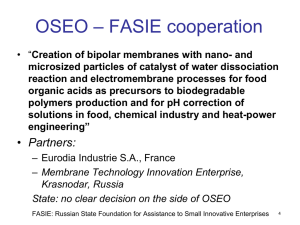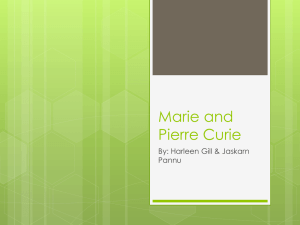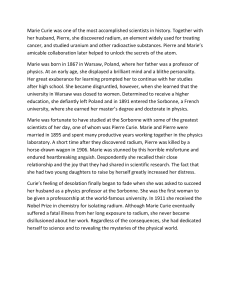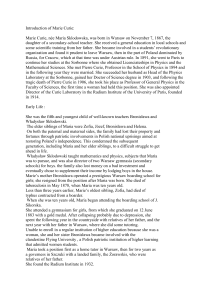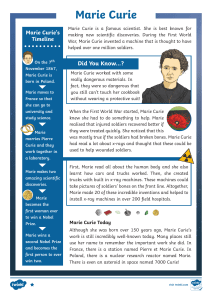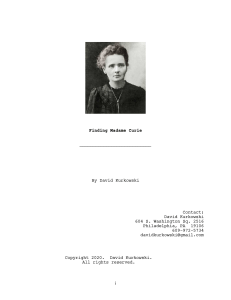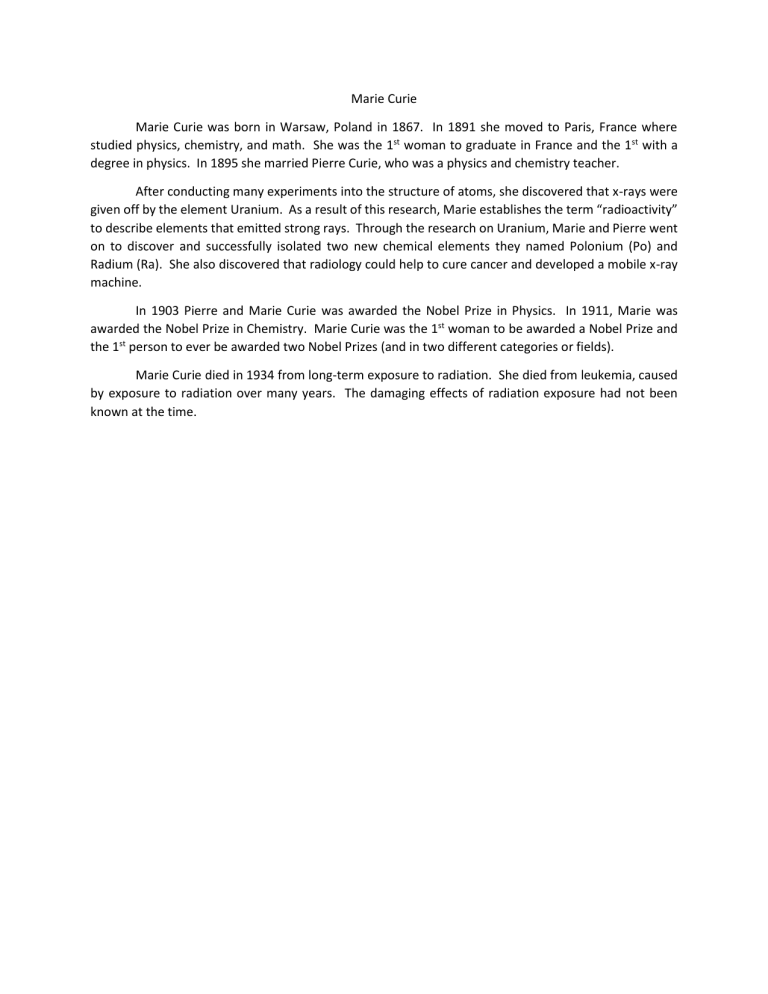
Marie Curie Marie Curie was born in Warsaw, Poland in 1867. In 1891 she moved to Paris, France where studied physics, chemistry, and math. She was the 1st woman to graduate in France and the 1st with a degree in physics. In 1895 she married Pierre Curie, who was a physics and chemistry teacher. After conducting many experiments into the structure of atoms, she discovered that x-rays were given off by the element Uranium. As a result of this research, Marie establishes the term “radioactivity” to describe elements that emitted strong rays. Through the research on Uranium, Marie and Pierre went on to discover and successfully isolated two new chemical elements they named Polonium (Po) and Radium (Ra). She also discovered that radiology could help to cure cancer and developed a mobile x-ray machine. In 1903 Pierre and Marie Curie was awarded the Nobel Prize in Physics. In 1911, Marie was awarded the Nobel Prize in Chemistry. Marie Curie was the 1st woman to be awarded a Nobel Prize and the 1st person to ever be awarded two Nobel Prizes (and in two different categories or fields). Marie Curie died in 1934 from long-term exposure to radiation. She died from leukemia, caused by exposure to radiation over many years. The damaging effects of radiation exposure had not been known at the time.

